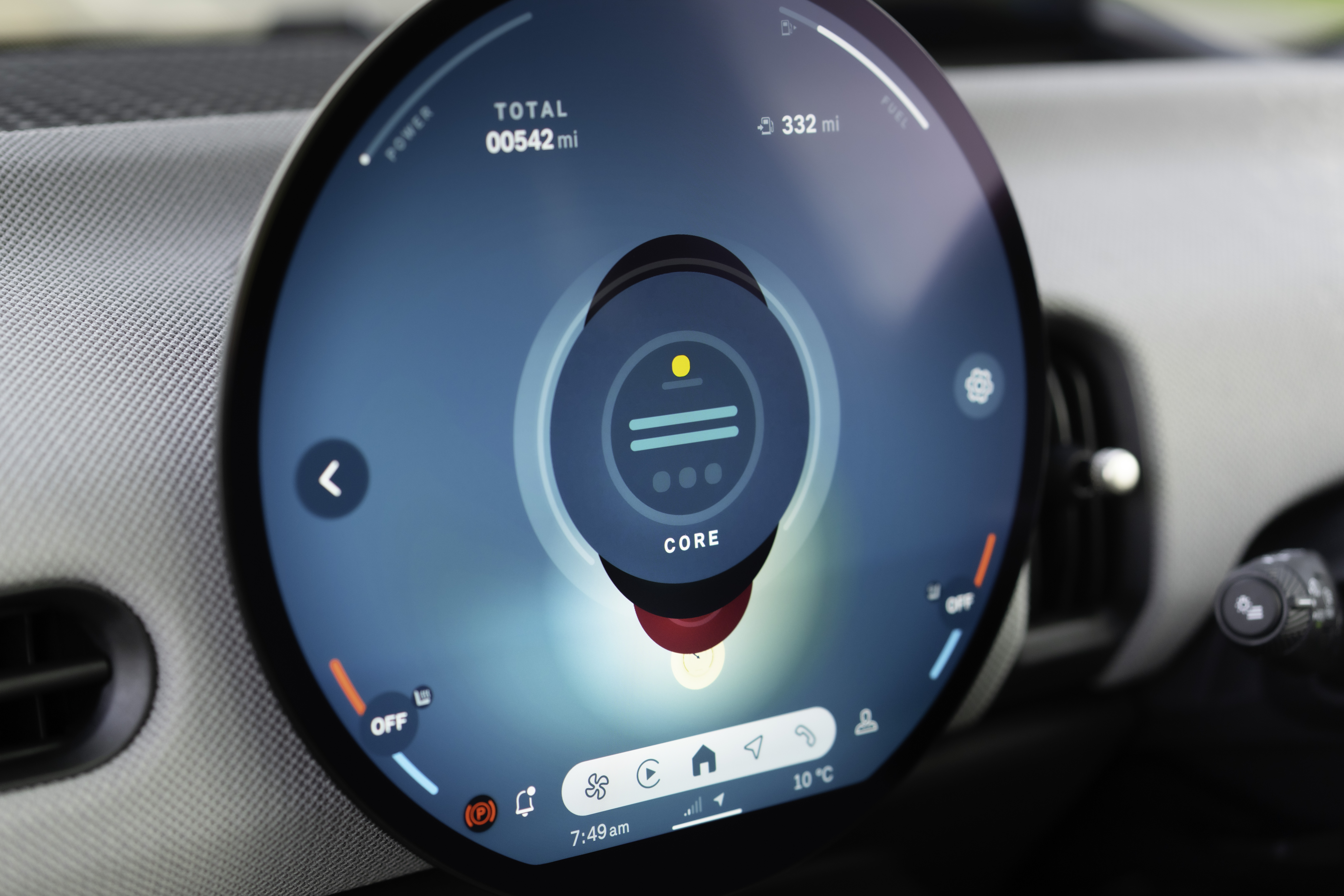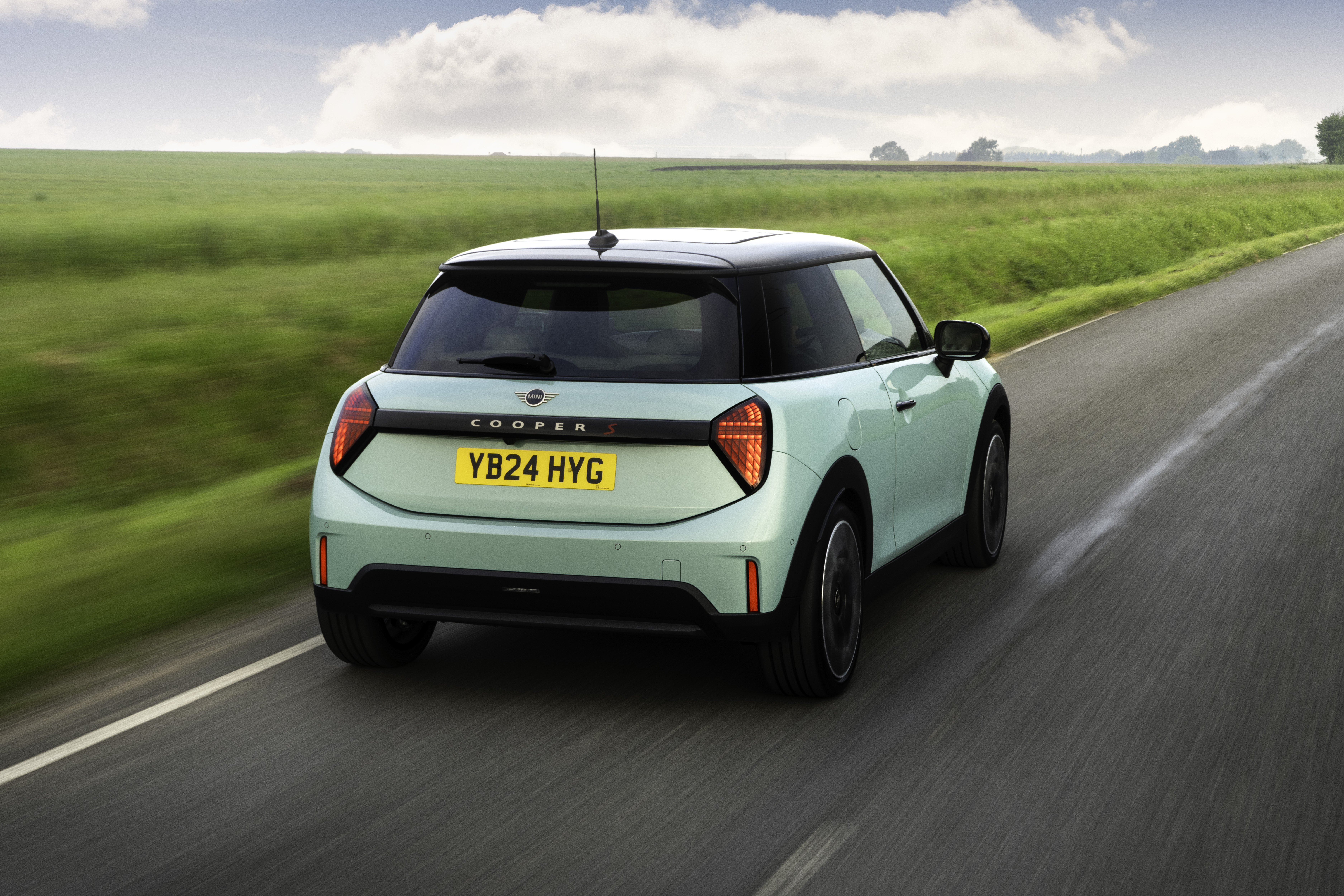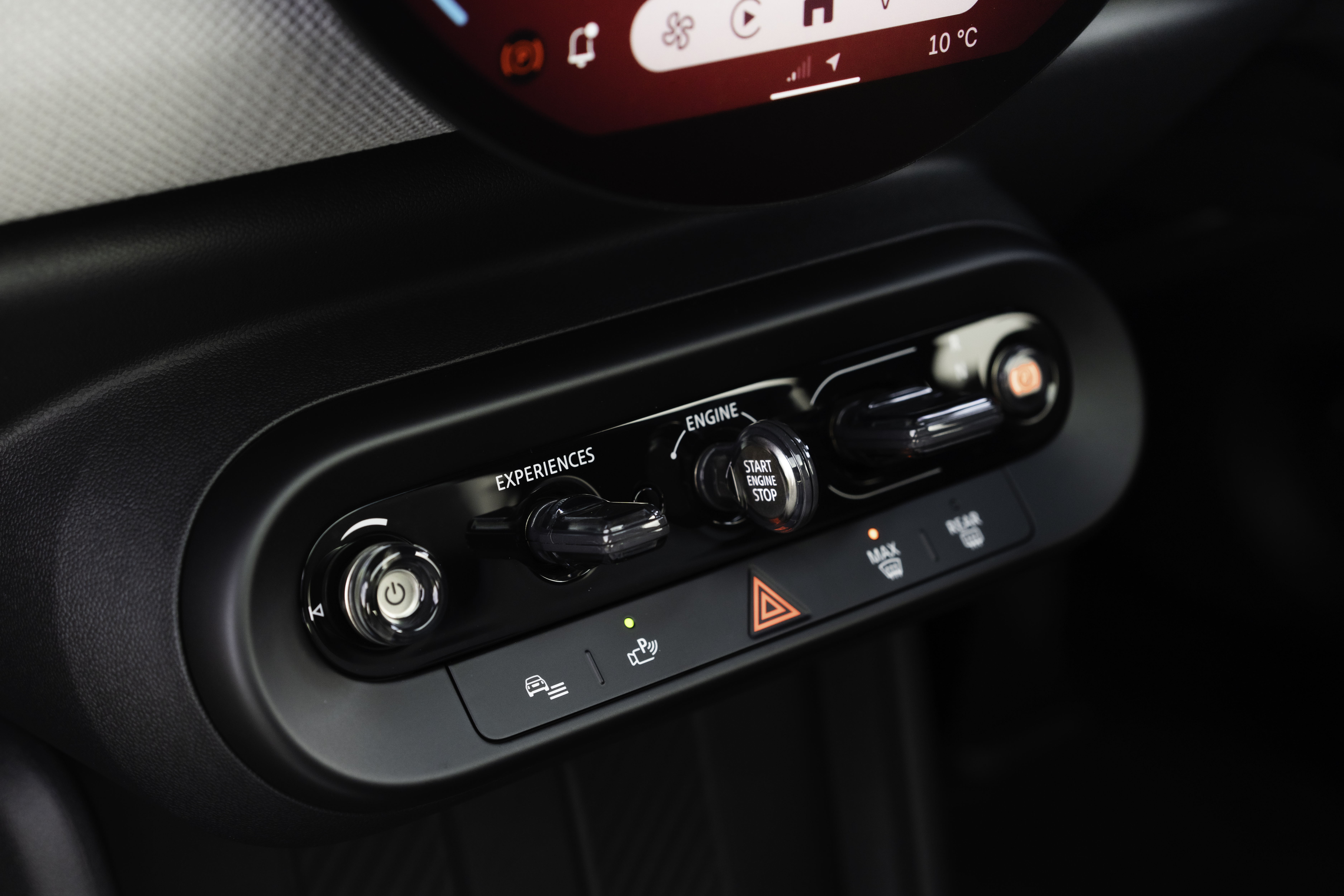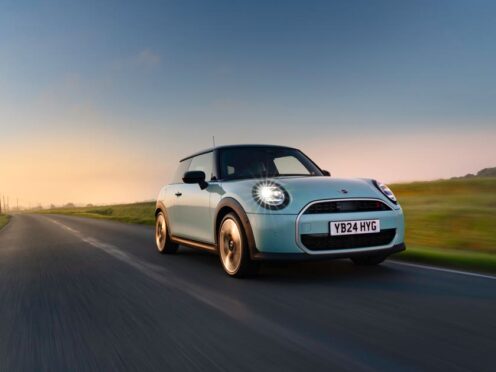What is it?

The modern-day Mini is an icon of our roads. While many people voiced opposition to a recreation of the original ‘classic’ Mini in the early 2000s, the BMW-built version has only gone from strength to strength as the years have passed. These days, it’s hard to drive a section of road without driving by a modern Mini.
But even cars like the Mini need to change. It’s why the latest version has launched with a large emphasis on the electric-powered version but, for those drivers for whom an EV won’t work, there remains a petrol-powered option – which is what we’re driving today.
What’s new?

Mini has been quite clever with this ‘new’ hatchback. While the electric version sits atop a brand-new platform and – for the time being – is built in China before production moves to Oxford in a few years, this petrol-powered version is, in fact, fundamentally the same underneath as the previous-generation car. Sure, the exterior gets the same bold new look as the electric version, but the underpinnings remain quite tried and tested.
How to spot between the two? Well, the electric version gets flush handles and a complete lack of black plastic trim around the wheel arches. This petrol-powered model gets the old ‘hoop’ style handles instead, while that black plastic framing the arches remains – just as it was on the previous-generation Mini hatch.
What’s under the bonnet?

At the heart of this petrol-powered Mini is a 2.0-litre turbocharged four-cylinder petrol engine. However, with 201bhp and 300Nm of torque, it’s more than powerful enough and Mini claims a 0-60mph time of 6.4 seconds and a top speed of 149mph, so it’s got the performance figures to match that famous Cooper S badge. Don’t need quite as much punch? There’s a lower-powered Cooper model that could do the job.
Enthusiasts may lament the omission of a manual gearbox version – a standard eight-speed automatic is the only option available – though fuel efficiency is remarkably good considering this is still a relatively powerful hatchback.
What’s it like to drive?

Mini cars have always been about fun and it’s good that this is still present and correct in this latest version. The engine might not be the most vocal – it sounds quite subdued compared with previous Cooper S models – but it’s effective, giving strong performance as and when you need it. It’s worth bearing in mind, however, that ‘Classic’ trim cars – like our test vehicle – do without steering wheel-mounted gearshift paddles and, without these, there’s an element of driver interaction being lost. If you’d rather take control of the gears yourself, you’ll have to opt for a ‘Sport’ trim car instead.
It’s remarkably refined on the motorway for a relatively compact car, too, with both wind and road noise suppressed well. It’s through the corners where the Mini remains a great amount of fun, too, and though the tyres do sound like they’re protesting in the bends when pushed hard, it’s a little car that’ll hang on courageously as it turns in. It really is a great amount of fun to drive.
How does it look?

As we’ve touched on, the petrol-powered Mini gets the same extensive redesign as the electric version. Up front, it’s very recognisable as a ‘Mini’ with its rounded headlights and compact dimensions allowing it to remain in keeping with the cars that have come before it. There are a good number of exterior colours to choose from, with our test model coming in a very classy-looking shade of green which gave the whole car a more traditional feel.
Around the back is where things have been shaken up. The taillights are vastly different to those on this Mini’s predecessor and have a more intricate design overall. Plus, you’re able to change the LED lighting’s appearance via the main infotainment screen, which does play into Mini’s usual sense of fun and customisation.
What’s it like inside?

Much like the exterior, the new Mini is radically different on the inside. The round infotainment display, naturally, makes a big impression but it’s the level of material quality which really impresses here. The use of a woven fabric on the dashboard and side panels helps to add an element of warmth to the cabin and while we can’t speak for how easy it’ll be to clean, it’s a nice alternative to vast swathes of plastic.
Those sitting up front get a good level of space, too, whereas those in the rear will end up feeling a little squashed, particularly if you’ve got someone taller ahead of you. Access to this three-door car isn’t the easiest, either, as the aperture between the front seats when folded and the door is quite small. Need to make exit and entry better? We’d be looking in the direction of the new five-door model which has just been introduced.
What’s the spec like?

The Mini comes very well equipped from the off, with the main focus being the innovative 24cm OLED display which is one of the thinnest of its type in any car on sale today. It’s responsive, good-looking and packed with features, though it can be a little menu-heavy at times. It’s also a shame that Apple CarPlay – which comes as standard – doesn’t display to the edges of the screen. Instead, you get an odd, small pop-up box which does ruin the whole effect.
There are some good shortcut buttons for the driver modes underneath the main screen and, in typical Mini fashion, you’ll find some quirkier touches here too. For instance, the engine starter switch is shaped like an old-school Mini key. We also like that the Mini has got a proper rotary dial for the volume, which is much easier to use on the move than having to operate the screen.
Verdict
We mentioned fun in reference to the driving experience and it’s this which remains the overarching impression of this new Mini. While it doesn’t move the game on substantially from this car’s predecessor – and its similarities limit its ability to truly revolutionise things – it remains a great-to-drive car with plenty of high-quality touches inside that help to make it feel like the premium product we’ve come to expect.
While Mini may be putting quite an emphasis on the electric model, this new petrol-powered version is an excellent alternative. Opt for it and it’s unlikely that you’ll come away disappointed.
